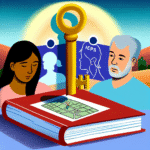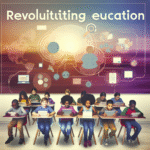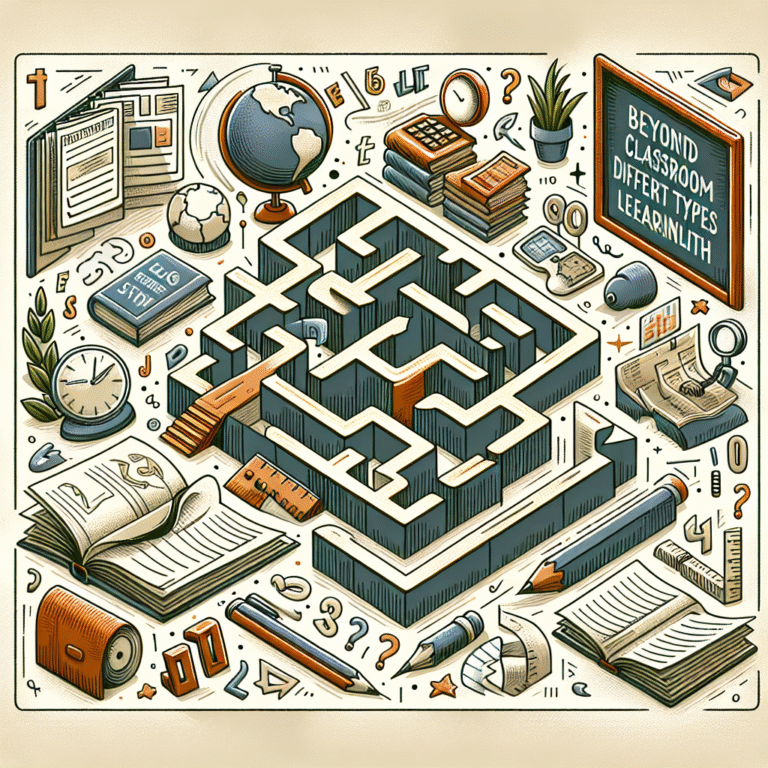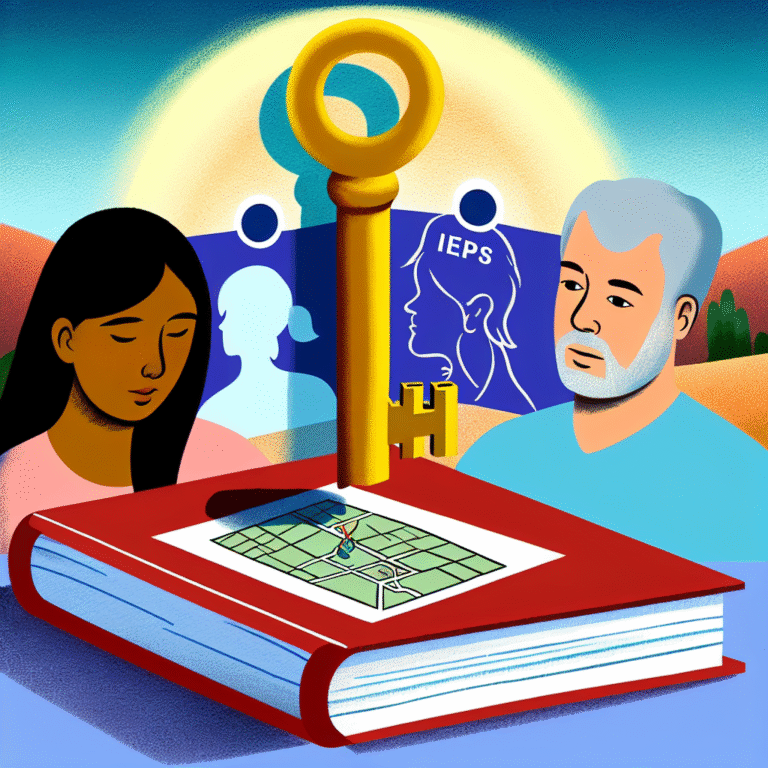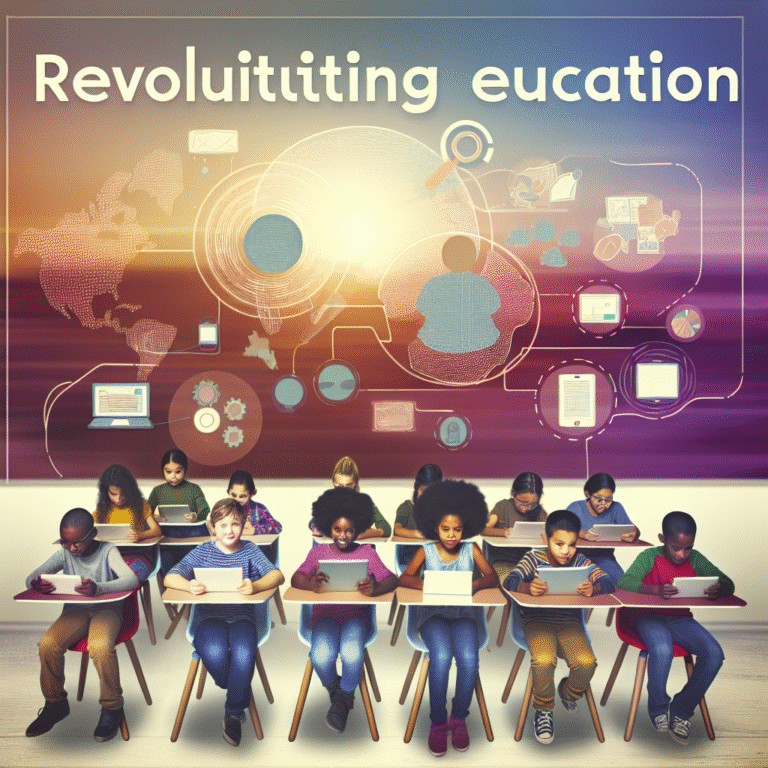
Understanding Learning Disabilities: Empowering the Next Generation
Introduction
In a world where educational achievement is often hailed as a cornerstone of success, the conversation around learning disabilities remains crucial yet frequently overlooked. Understanding Learning Disabilities: Empowering the Next Generation is not just a slogan; it’s a call to action. It beckons parents, educators, and society at large to delve deeper into the nuances of learning disabilities, fostering an environment where every child can thrive.
Recent studies estimate that approximately 1 in 5 children has a learning disability. This startling statistic underscores the importance of comprehension and compassion; understanding these challenges empowers children to navigate their educational journeys with confidence. In this article, we aim to explore various dimensions of learning disabilities—including their types, identification, strategies for empowerment, and the essential role of supportive networks—ultimately equipping you with the knowledge to let the next generation shine.
Understanding Learning Disabilities: What You Need to Know
Defining Learning Disabilities
Learning disabilities (LD) refer to a cluster of disorders that affect the brain’s ability to acquire and process information. These challenges can manifest in multiple areas, including reading (dyslexia), mathematics (dyscalculia), writing (dysgraphia), and more. Distinguishing these conditions from other issues, such as intellectual disabilities or cognitive impairments, is essential in fostering understanding and effective support strategies.
Key Types of Learning Disabilities
| Type of Learning Disability | Description |
|---|---|
| Dyslexia | Affects reading and language processing. Children may struggle with decoding words, reading fluency, and comprehension. |
| Dyscalculia | Impacts mathematical concepts, affecting the ability to understand numbers and perform basic calculations. |
| Dysgraphia | Disrupts writing skills and fine motor skills, leading to problems with spelling, handwriting, and organizing thoughts on paper. |
| Auditory Processing Disorders | Affects how sound is processed in the brain, making it difficult to understand spoken instructions or discern verbal information. |
| Visual Processing Disorders | Hinders the ability to interpret visual information, potentially impacting reading and other visual-motor tasks. |
Recognizing the Signs
Recognizing the signs of learning disabilities early can be instrumental in providing timely support. These signs may include:
- Difficulty following instructions
- Chronic disorganization
- Problems with spelling or consistent errors in writing
- Struggles with reading fluency
- Difficulty with math concepts and operations
Understanding Learning Disabilities: Empowering the Next Generation involves recognizing these signs not only at home but in educational settings to ensure that children’s needs are addressed.
Case Study 1: Maria’s Journey with Dyslexia
Maria is a bright, creative 10-year-old whose passion for art shines through her vibrant drawings. However, she struggles with reading, often feeling frustrated and anxious in the classroom. Her parents sought help, and after a comprehensive evaluation, Maria was diagnosed with dyslexia.
Impact and Adjustments:
With the support of her school and a specialized tutor, Maria engaged in tailored reading programs that leveraged her creativity. She also received accommodations, including extra time for reading assignments and the use of audiobooks.
Analysis:
Maria’s story illustrates a significant paradigm shift: understanding learning disabilities leads to proactive measures. Equipped with appropriate resources, Maria not only improved her reading but also gained the self-confidence that fueled her artistic talent. This empowerment is a prime example of how society can transform the narrative for children with learning disabilities.
Empowering Children with Learning Disabilities
The Role of Parents and Caregivers
Understanding Learning Disabilities: Empowering the Next Generation starts at home. Parents and caregivers play a pivotal role in recognizing signs, advocating for diagnostic evaluations, and collaborating with schools. Your involvement can cultivate a supportive environment where children feel safe to express their academic challenges.
Effective Communication Strategies
Encouraging open dialogue about learning disabilities can shatter the stigma often attached to them. Using skill sets like simple, clear language and active listening can facilitate better communication. For instance, ask your child to share their frustration with a particular subject, making them feel heard and understood.
Collaborating with Educators
Partnering with teachers and educational staff can enhance the learning experience. Parents should be proactive in discussing strategies that work for their child, such as:
- Incorporating visual aids and multi-sensory approaches in lessons.
- Providing personalized learning plans that cater to specific needs.
- Implementing a consistent feedback system to track progress.
Case Study 2: Jake’s Success with ADHD
Jake, a 12-year-old diagnosed with Attention Deficit Hyperactivity Disorder (ADHD), was often distracted in class and struggled with completing assignments on time. After consulting with educational psychologists and teachers, Jake’s parents implemented several strategies to help him focus.
Transformative Changes:
- Routine Establishment: A structured daily schedule provided Jake with the predictability he needed.
- Breaks for Movement: Regular short breaks for physical activity improved his concentration when returning to work.
- Visual Reminders: Charts with deadlines and tasks helped him stay organized.
Analysis:
Jake’s case exemplifies the power of collaboration and tailored interventions. Understanding Learning Disabilities: Empowering the Next Generation enriches both child and parent experiences by promoting a focus on individual strengths rather than scripted limitations.
Systemic Support Structures
Educational Policies and Their Importance
Education systems across the globe grapple with learning disability frameworks, yet progress is being made. Policies such as the Individuals with Disabilities Education Act in the United States ensure that students with learning disabilities receive necessary resources. However, awareness remains key; understanding these laws can help parents and educators advocate for the children who need it most.
The Vital Role of Mental Health Support
Mental health is intricately connected to learning. Children with learning disabilities are susceptible to higher rates of anxiety, depression, and low self-esteem. Integrating psychological support and counseling into the education framework buffers these effects, creating a holistic approach to learning.
Conclusion
Understanding Learning Disabilities: Empowering the Next Generation is a multi-faceted journey, rich in challenges yet teeming with potential. By advocating for awareness, collaboration, and tailored interventions, we can nurture an environment where every child, regardless of their learning challenges, can flourish.
Parents, educators, and society must join forces—ensuring we combat stigma while championing each child’s unique strengths. Equipped with the right knowledge and support, the next generation will not only navigate learning disabilities but embrace them as components of their unique individuality.
FAQs
1. What is a learning disability?
A learning disability is a neurological condition that impacts how individuals process information. This can affect reading, writing, math, and other learning tasks.
2. How can I tell if my child has a learning disability?
Look for consistent patterns of struggle in academic performance; challenges may include trouble with reading fluency, organizing thoughts, or understanding math concepts.
3. What should I do if I suspect my child has a learning disability?
Start by discussing your concerns with your child’s teacher, who can recommend assessments or evaluations conducted by a specialist.
4. What strategies help children with learning disabilities?
Effective strategies include creating structured routines, using visual aids, adapting teaching methods to individual needs, and providing emotional support.
5. Can children with learning disabilities succeed academically?
Absolutely! With the right support, resources, and approach, many children with learning disabilities can excel academically and thrive in their education.
In conclusion, let’s embark on this collective journey of Understanding Learning Disabilities: Empowering the Next Generation—together, we can create a future that values every child’s potential. By embracing diversity in learning, we pave the way for a society that celebrates differences, nurtures talents, and champions success for all.

